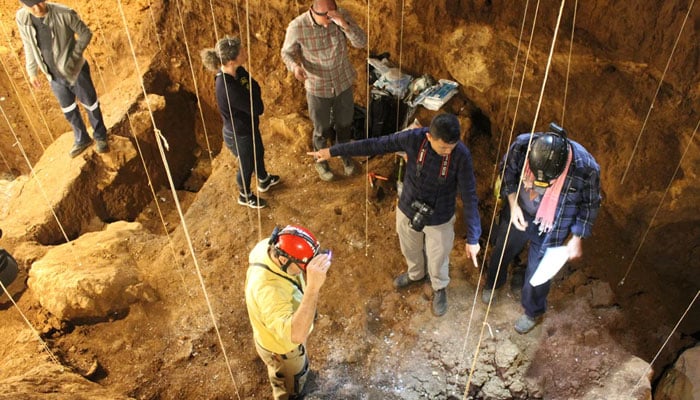Ancient fossils found in Laos challenge human migration theories, indicating early humans reached Asia 86,000 years ago, much earlier than previously thought.
According to Kira Westaway, the lead author of the study from Macquarie University, Australia, this early migration may have been unsuccessful, but the fact that Homo sapiens had reached the region during that time is a remarkable achievement. Earlier studies using DNA analysis and archaeological evidence had suggested that modern humans left Africa around 50,000 to 60,000 years ago, following coastal routes and islands towards Australia.
However, the discovery of older human remains in China and the Levant has complicated this narrative, implying the possibility of earlier migrations that did not contribute to the modern gene pool.
The fossils found in Tam Pa Ling cave, including a leg bone fragment and part of a skull, exhibited physical characteristics typical of early modern humans. Dating these fossils was challenging since they were too old for radiocarbon dating. Instead, the researchers utilised luminescence dating of sediment minerals and electron-spin-resonance dating of animal teeth found in the same layer as the human remains. These methods estimated the fossils to be between 68,000 and 86,000 years old, significantly expanding the timeline of human presence in the region.
This discovery not only raises questions about the timing and routes of human migration but also challenges the conventional belief that early human journeys in the area primarily followed coastlines and islands. The cave’s location, situated inland and at a considerable altitude of approximately 1,100 meters (3,609 feet), indicates that early Homo sapiens had the capability to adapt and disperse through upland forested regions much earlier than previously assumed.
The findings from this cave, along with other sites in the region, have the potential to provide further insights into early human history and paleoanthropology. Ongoing excavations and future discoveries in the area will continue to contribute to our understanding of the complex migration patterns and adaptations of early Homo sapiens.

